Roofing 101: Types, Costs and Care
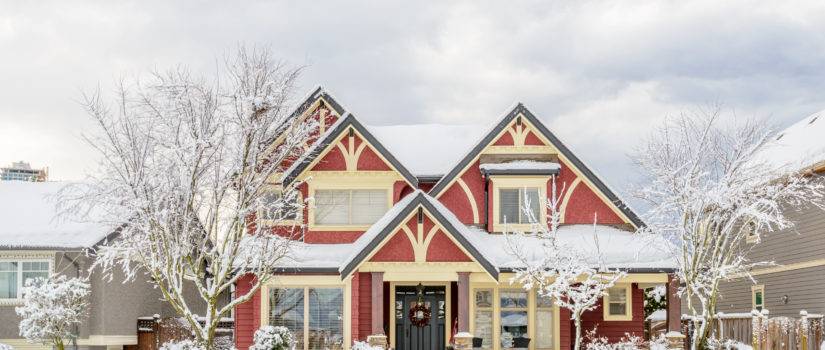
When choosing roofing materials for your home, there are several factors to consider, and all of them inform one another. Elements such as longevity, cost, durability, energy efficiency, and sustainability are all important.
While material is incredibly important, correct installation can quite literally make or break your roof. DIY projects are often fun and cost-effective, but I suggest you don’t install your own roof unless you’re a trained expert. Do your research by talking to a few respected roofers about types of roof materials and ask them for their recommendations. Considerations such as the slope of your roof, the style of your home, and what roofing material is best for your climate are at the heart of the decision. Let’s discuss the most common options in a bit more detail, starting with the most expensive (and sustainable) to the least.
Solar Glass ($$$$$)
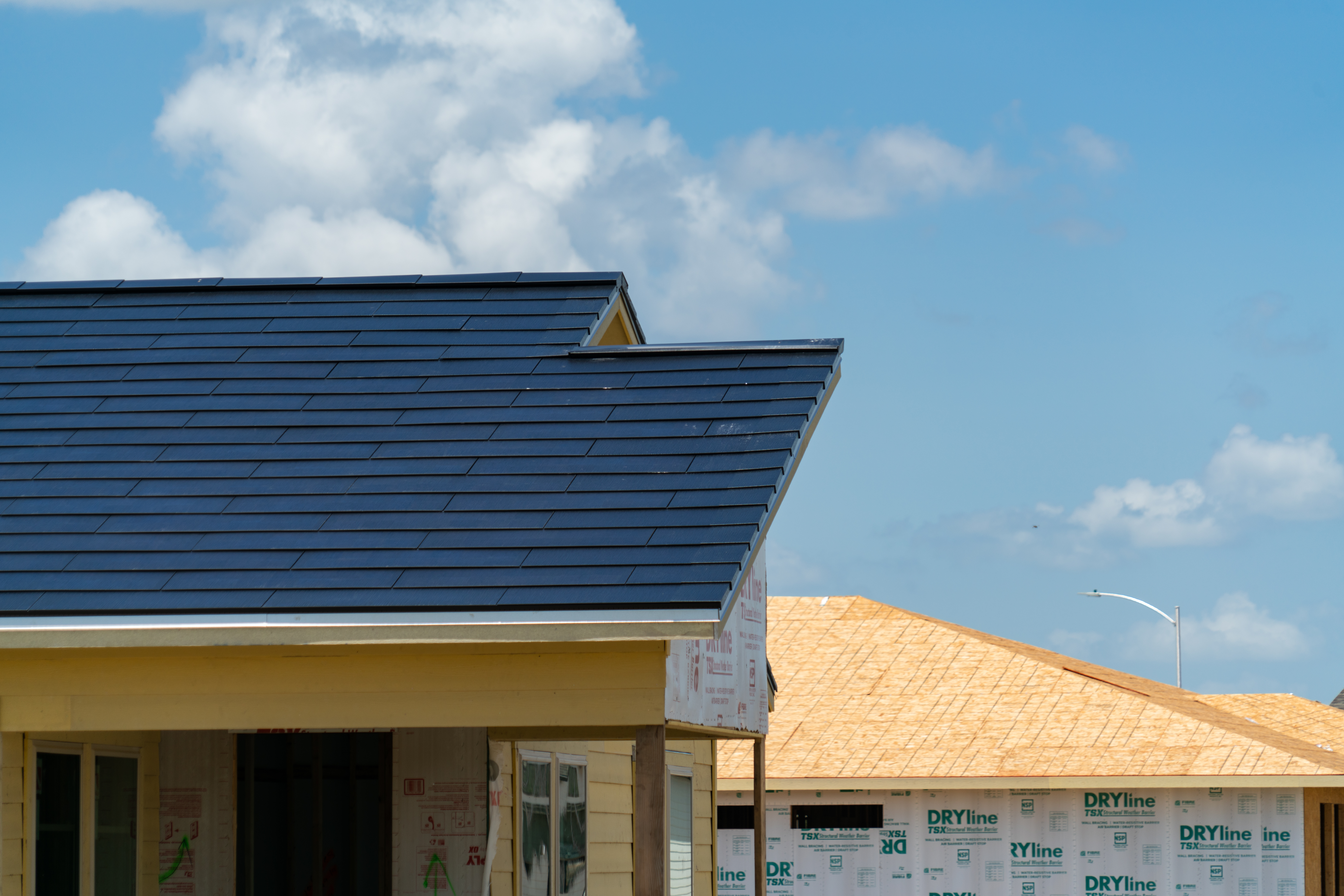 Solar glass roofing should last for the lifetime of your home. Accordingly, this roofing option comes with a lifetime tile warranty and a high hail rating — a good indicator of impact resistance and overall durability. Surprisingly, despite there being countless roof solar panel manufacturers, Tesla is the only manufacturer that offers a solar glass roof. The energy efficiency is significant because solar glass actually generates its own energy. So, you’re paying for the lifetime of benefits up front. Although a solar glass roof is expensive to install, Virginia residents can apply for a tax credit to offset the cost.
Solar glass roofing should last for the lifetime of your home. Accordingly, this roofing option comes with a lifetime tile warranty and a high hail rating — a good indicator of impact resistance and overall durability. Surprisingly, despite there being countless roof solar panel manufacturers, Tesla is the only manufacturer that offers a solar glass roof. The energy efficiency is significant because solar glass actually generates its own energy. So, you’re paying for the lifetime of benefits up front. Although a solar glass roof is expensive to install, Virginia residents can apply for a tax credit to offset the cost.
Slate ($$$$)
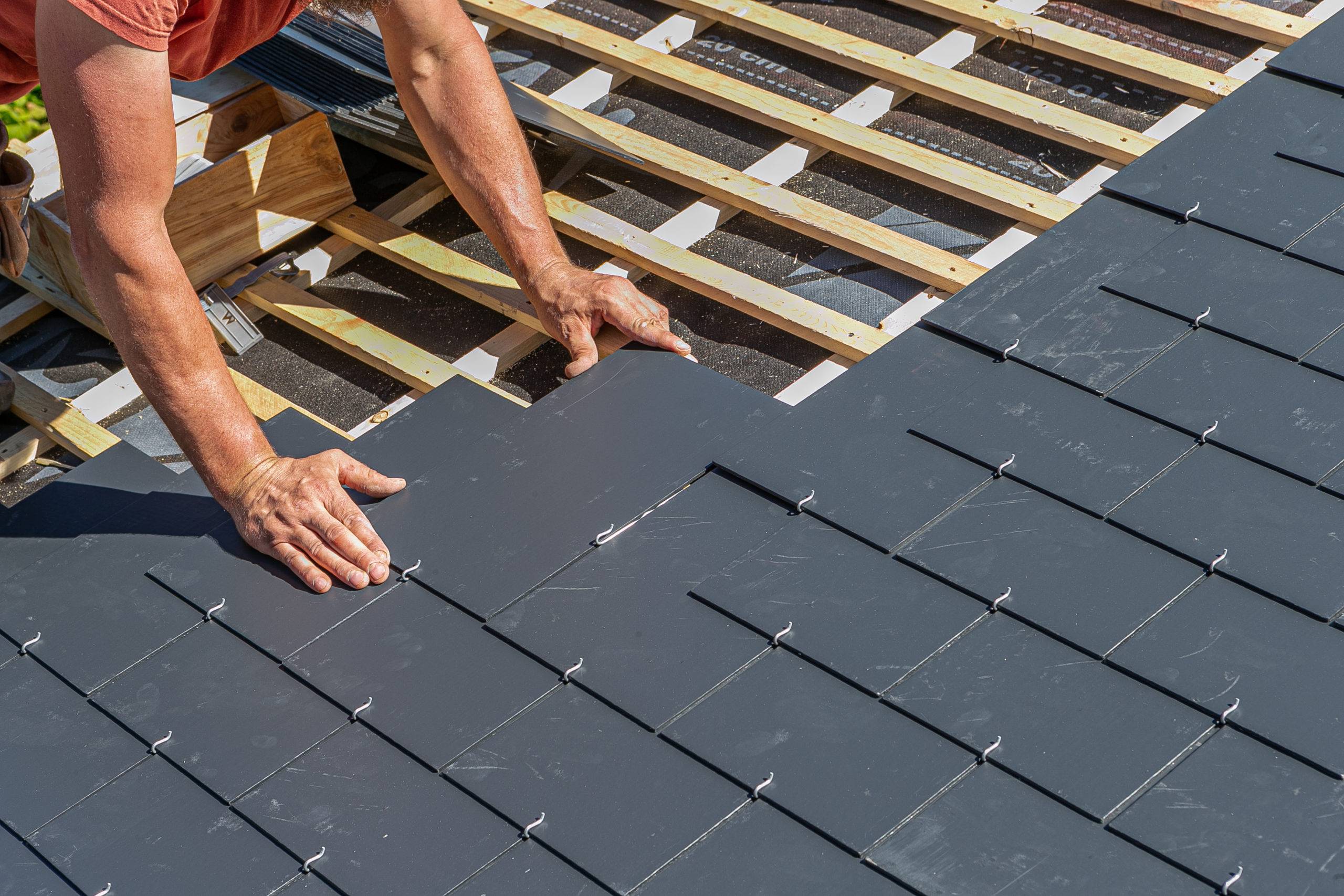
Slate is one of the most expensive materials because of its durability — it will last for the better part of a century, and if properly constructed, more than 150 years! It’s both fireproof and virtually impervious to inclement weather. Slate is also an incredibly sustainable roofing material because it isn’t filling up landfills like its distant cousin, asphalt shingles. And, because slate is a naturally occurring material, the manufacturing process doesn’t introduce toxins. Finally, slate is one of the densest roofing materials on the market, boasting incredible energy efficiency and ability to help regulate your home’s internal temperature. As I suggested before, installation should be carefully executed by a professional, as slate tiles can crack under the weight of an average person.
Plastic Polymer ($$$)
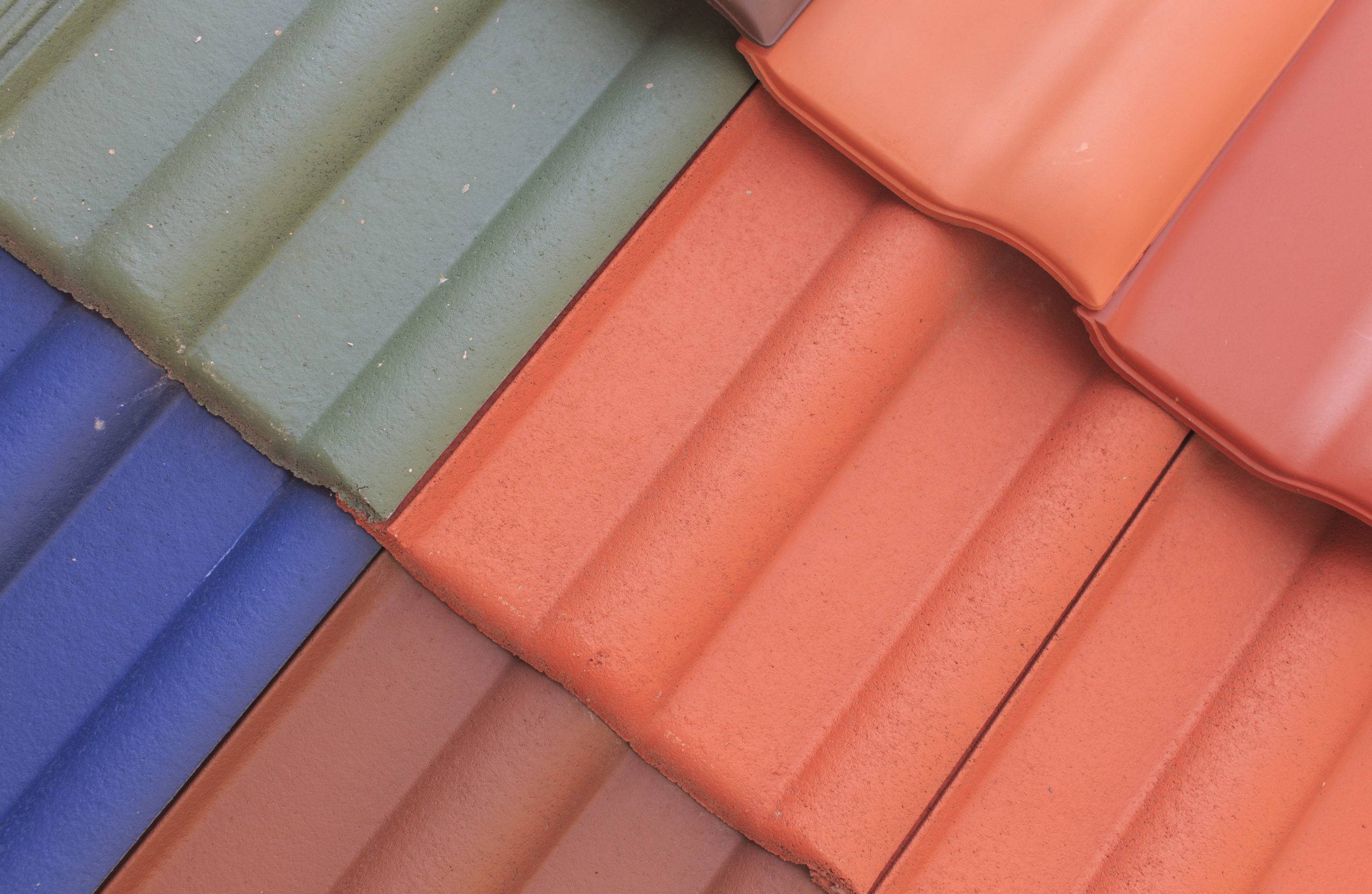
This roofing material can last for 50+years and is incredibly durable. Polymer roofing shingles are created to look like slate or wood shingles, but they require significantly less maintenance. This type of roofing holds up really well in inclement weather and also carries a high hail rating. A downside is that they’re so durable because plastics are built to last, which makes them uniquely unsustainable. If you choose to use plastic polymer, look for manufacturers that use recycled materials. Another major upside is energy efficiency. Plastic roofs, like metal roofs, reflect energy rather than absorb it. This helps keep your home cooler during summer and warmer in the winter.
Metal ($$)
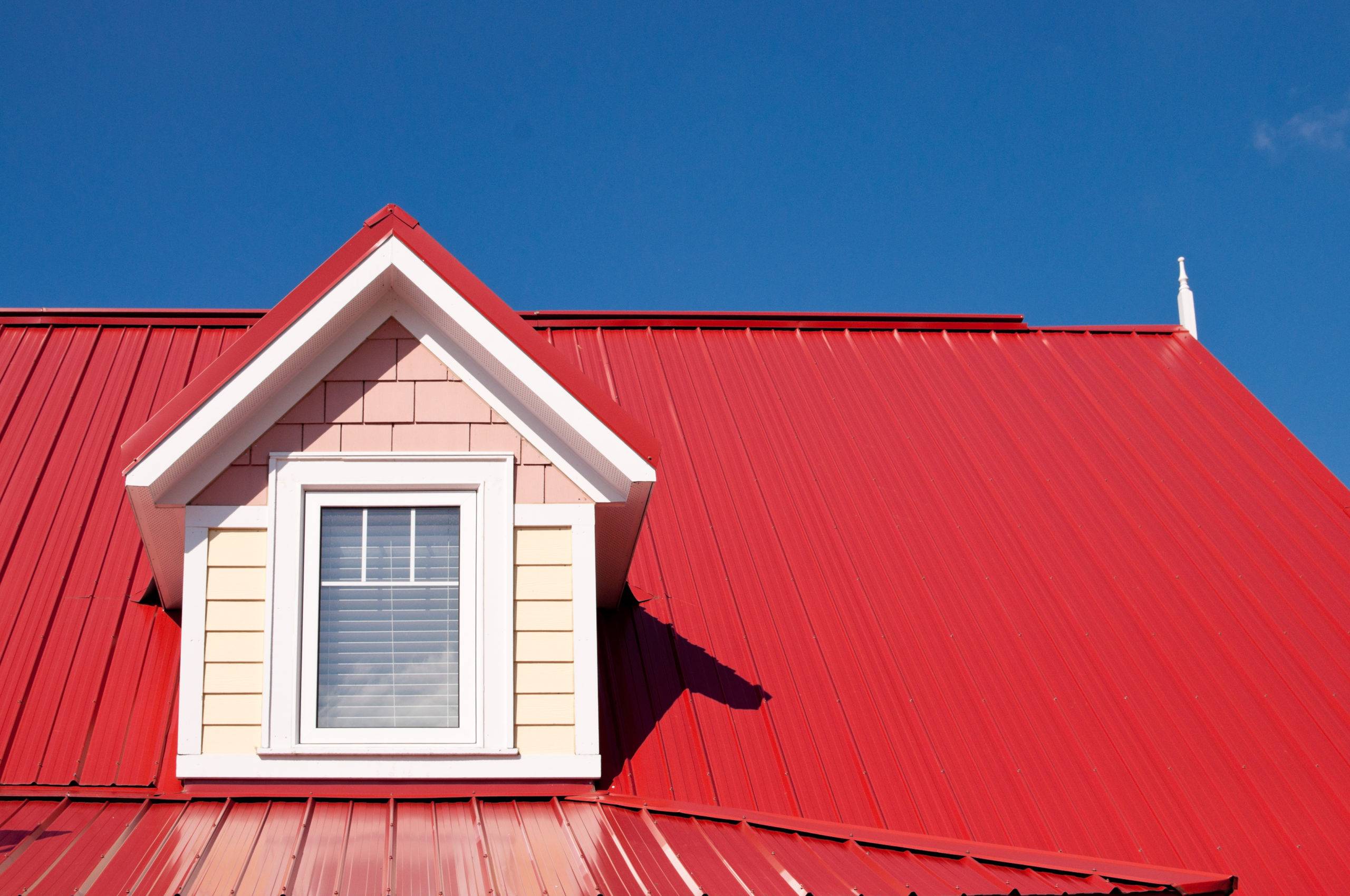
Made of steel, copper, zinc alloy, or aluminum, metal roofs are slightly more expensive than their asphalt and wood relatives, but definitely much more durable. This is because they are impact-resistant, making them a blessing during inclement weather. And, that sound of the rain on a metal roof…oof! Metal roofs also require a lot less maintenance than most roofing materials and they act as natural insulators so they are energy efficient. Not only are metal roofs created from recycled materials, many are also 100% recyclable themselves. Their recyclability is unparalleled.
Wood Shingles & Shakes ($$)
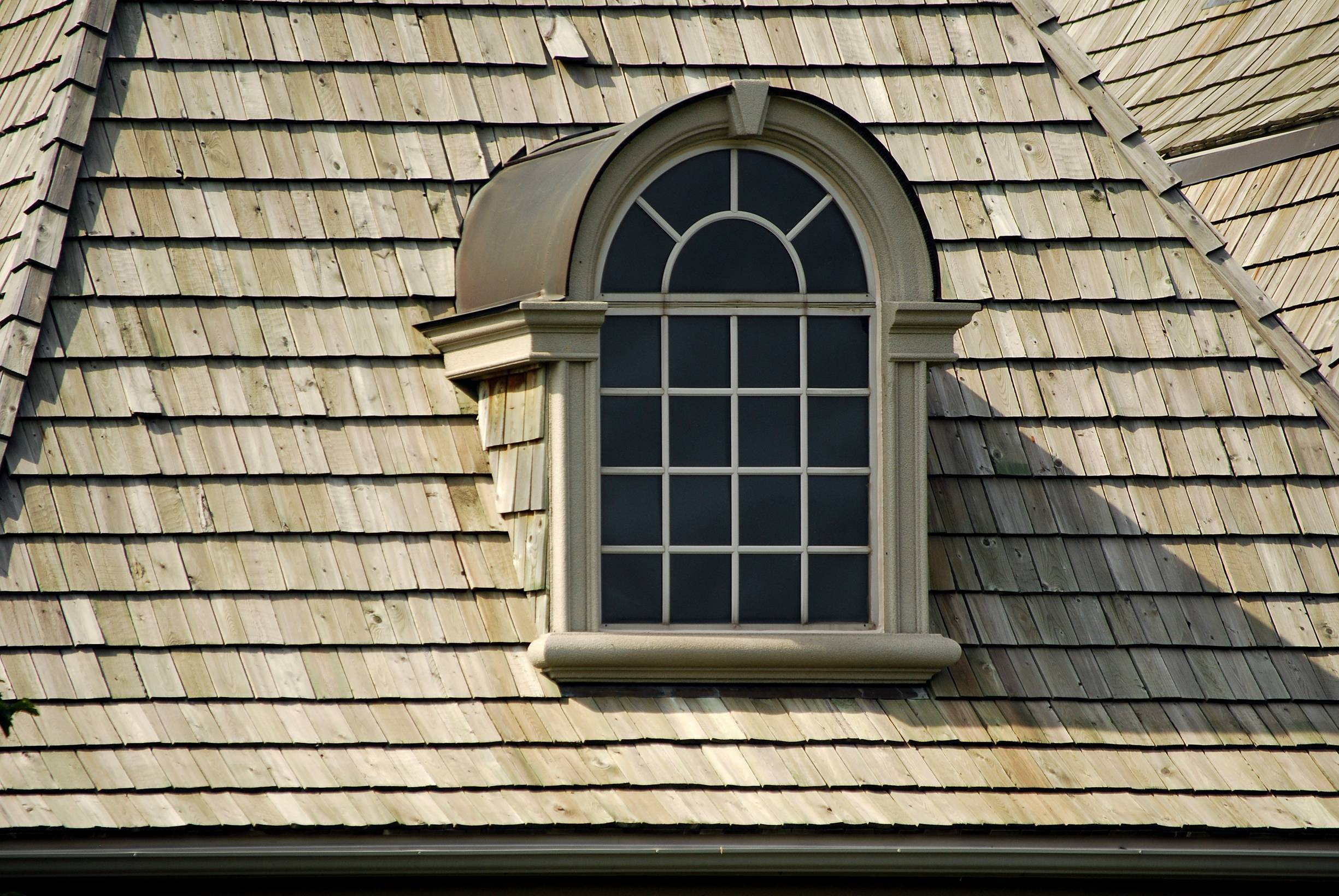
This roofing material should last between 30 and 50 years. Wood shingles are typically made of fire resistant woods, such as cedar or redwood. While they last longer than asphalt shingles, they are not as durable. They are not fireproof, however, they are fire resistant (and can be sprayed with fire retardant). Wood shingles are prone to cracking, so keep your eye out for a manufacturer with a good hail rating. Wood is a natural insulator, making this material energy efficient — about twice that of asphalt shingles. Of course, being 100% natural, wood shingles are one of the most sustainable roofing materials on the market.
Thermoplastic Polyolefin or TPO ($)

TPO is a single-ply membrane that is designed to cover the entire surface of a flat roof. While the name implies that it is made of plastic, TPO is actually made of multiple layers of rubber that expand and contract as temperatures fluctuate. The material has become very popular, especially in the commercial roofing industry, mainly because of it’s naturally UV-reflective surface, helping with energy efficiency. When installed properly, its lifespan is 25-30 years. Another benefit to TPO roofing is the fact that the layers are lightweight and made in wider sheets, which means there are fewer seams during installation. Overall, installation with this material takes less time and is less expensive than other roofing materials. It’s a thin, inexpensive material for property owners who are looking for a durable and reflective roof that won’t drain their bank account. As with all roofing materials, it’s important to shop around, because not all TPO membranes are alike and of the same quality. Look for well-established manufacturers who have had the opportunity to develop a long-lasting formula – one that will stand up to high temperatures month after month, year after year.
Asphalt Shingles ($)
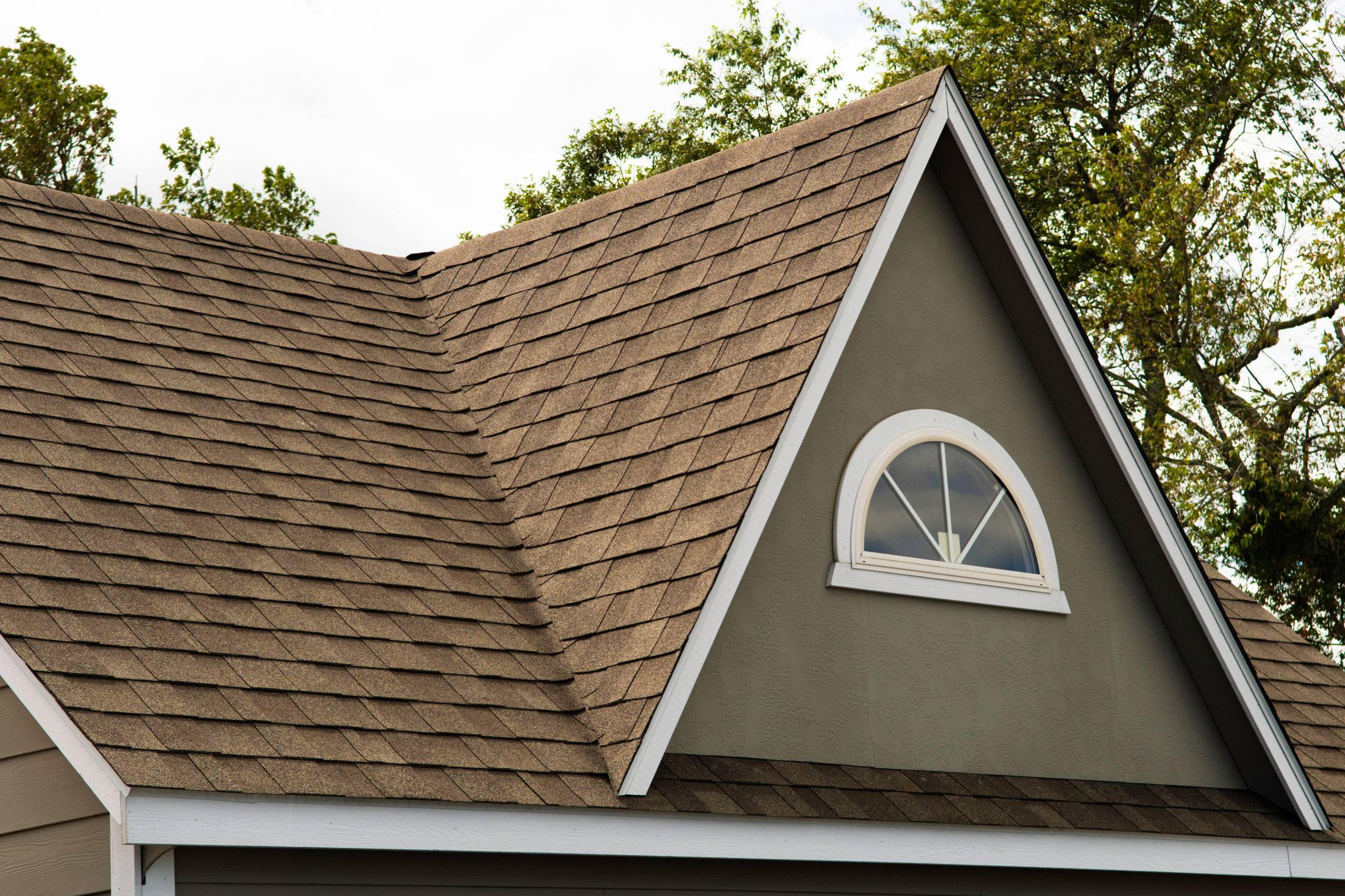
Asphalt shingles will last for about 15-30 years. They are far and away the most popular roofing material because of their lower upfront cost. Buyer beware with respect to durability. Never choose the cheapest asphalt shingles, even if cost is a major factor. Look for shingles that carry a decent hail rating. While not legally required to report their hail rating, if a roofing manufacturer doesn’t offer one, this isn’t a good sign. Hail ratings are particularly important with asphalt shingles because this material is in a crowded market where quality ranges widely. Unfortunately, asphalt is a petroleum-based material, making it one of the more unsustainable roofing options available. Roofing waste (predominantly asphalt) accounts for 3% of all landfill waste. This is because homeowners have to frequently replace asphalt shingles. Fortunately, there are recyclable asphalt shingles — just find a local shingle recycling center and they will ensure that your shingles don’t end up in a landfill!
Finally, when it comes to home maintenance, there’s not much of greater importance than having a decent roof over your head. It’s worth every penny to have yours looked over every few years and keep up with minor repairs to help avoid a major one.







